Turkishh currency is trading just below 7 Lira to the U.S. dollar. If that level is breached, all hell will break loose. On Friday, the currency plunged as much as 20%. It’s still too early to tell if Lira has stabilised for good. As the Turkish havoc ripples through global financial markets, this could be just the beginning of a bigger meltdown.
It’s too late even if Turkish President Recep Tayyip Erdogan agrees to free American Pastor Andrew Brunson who has been detained since 2016 in Turkey. The damage has been done. Erdogan can’t lose face by making a U-turn and Trump doesn’t regret about doubling the tariffs – 20% on aluminium and 50% on steel – on the NATO member.
Things can only get worse as Erdogan accused America of stabbing Turkey in the back, and threaten to move away from the West to befriend Russia, Iran and China. There’s little doubt that the notorious President Trump had chosen to kick Turkey while the country is down. But it’s also true that Turkey was already at the cliff when Trump decided to simply give it a small push.
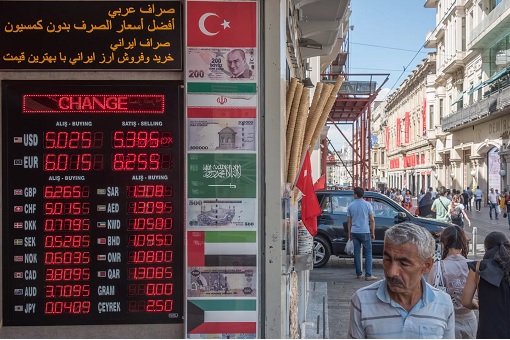
A series of interest rate hikes engineered by the Erdogan government has failed to stem the Lira’s plunge. Trump’s move helped sink the Turkish currency even more. Trump is guilty of adding fuel to the fire, but he certainly isn’t the architect of the Turkish financial chaos. In actuality, Turkey’s problem is quite similar to the 1997-1998 Asian Financial Crisis.
Yes, we have actually seen this before – a heavily indebted country finds itself in crisis, the currency plunges and blaming game quickly turns to contagion and, ultimately, an expensive bailout. Similar to the Asian countries 20 years ago, Turkey has a massive foreign debt. In total, there’s some $US220 billion (£172 billion; RM900 billion) in foreign debt for Turkish companies and financial institutions.
Like Indonesia, Thailand and Malaysia during the 1997 Financial Crisis, Turkey has been a huge borrower in global capital markets. Over half of the borrowing is denominated in foreign currencies, therefore, you don’t need a rocket scientist to predict that when the Lira sinks, debt-servicing costs and default risks rise inevitably.
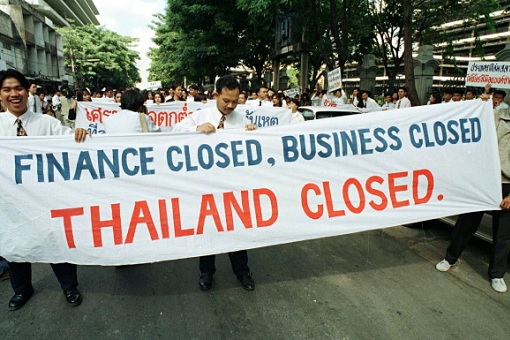
It didn’t help the situation that President Erdogan urged and appealed to average Joes and Janes on the street to sell dollars and gold and buy Lira – a desperate attempt to support the local currency. Malaysian Prime Minister Mahathir Mohamad had done precisely that too during the 1997 crisis. It went from bad to worse and the Malaysian Ringgit and stock market were crushed further.
Screaming and cursing Donald Trump won’t help too. Just like Erdogan, Mahathir too had bitched until foaming at the mouth at currency speculator George Soros for attacking the currencies 20 years ago. It didn’t matter whether Trump or Soros were the culprits. The fact remains that like Malaysia, Turkey has chosen the easy way of borrowing excessively.
Mahathir understood that now. That’s why he has condemned his protégé-turned-enemy ex-PM Najib Razak for excessive borrowing and as a result – debt ballooned to RM1 trillion. But unlike the Asian countries back in 1997, Turkey has a much bigger problem. Erdogan, obsessed to rule forever, has acquired broad new financial powers in the June election.
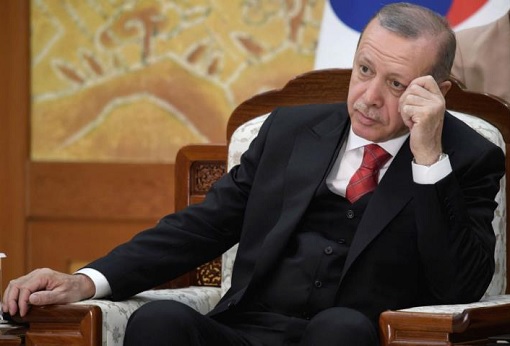
The defiant Erdogan appointed his son-in-law, son-in, Berat Albayrak, as the country’s finance minister. The financial markets, concerned that nepotism (and dictatorship for that matter) in the upper echelons of power is getting out of control, sold off the Lira in droves. Like Malaysia whose growth averaging 9% before 1997, Turkish 7% growth last year means the bubble was spectacularly huge.
William Jackson, chief emerging market economist at Capital Economics in London, said – “The risks are very big. This is an economy that is heavily dependent on foreign capital inflows. When you have growth (7%) like that, you have a build-up of vulnerabilities. Imports grew faster than exports, making Turkey quite dependent on foreign lending. That created a fragile situation.”
But Erdogan can only do so much by appearing as a tough leader, invoking the God, blaming the U.S. and everybody but his administration’s mistakes. Interestingly, Anwar Ibrahim, the Malaysian Finance Minister during the 1997 Asian Financial Crisis, is a good friend of Turkish President Erdogan. In fact, Anwar had spinal surgery performed in Turkey last month.

Has Anwar shared his secret recipe with Erdogan on how to fix the Turkish financial havoc? If he had, the solution would be to reach out to the IMF(International Monetary Fund) for help. But that plan by Mr. Anwar was never tested because his boss – PM Mahathir – disagreed about zero bailout for Malaysian companies facing bankruptcy.
As a matter of fact, Anwar’s preference for a free-market approach to the crisis, including foreign investment and trade liberalisation, was one of the factors contributing to his sacking in 1998. However, unlike Anwar, Erdogan is still in denial that Turkish economy was facing troubles. He still believes the free fall in the Turkish Lira was due to “an operation against Turkey”.
Also, there’s no way Erdogan will go begging from the IMF as it would be seen as losing face and dignity. The president has said that those calling for help from the IMF just wanted Turkey to give up its independence. On top of that, an IMF bailout would likely have unpopular by-products or measures such as higher taxes and lower spending.
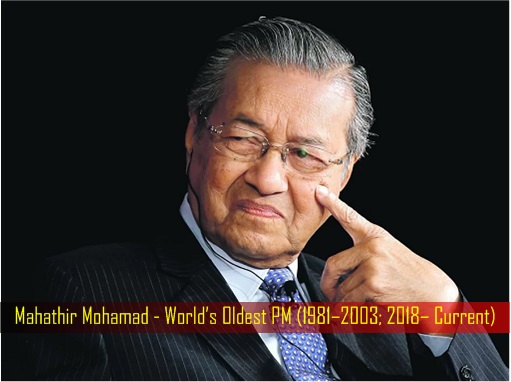
Hence, Erdogan could be looking at Mahathir’s solution – pegging the currency in defiance of IMF. In September 1998, Mahathir imposed selective capital controls and fixed the ringgit at 3.80 to the U.S. dollar as part of measures to stem the rapid outflow of speculative hedge funds from the country, and to shield Malaysia from the currency fluctuations.
The IMF, initially sceptical, eventually agreed that Malaysia’s approach to peg the ringgit in dealing with the Asian financial crisis was the correct move. “With hindsight, we have to recognise the good performance of the economy. The performance of the economy since the crisis shows that Mahathir is right.” said the fund’s managing director Horst Kohler in 2003.
Kohler said the move to peg the currency had worked as “shock absorbers” for the economy when it was dealing with the crisis. However, as admitted by Mahathir himself in 2015, the decision to peg the ringgit during the 1997 Asian Financial Crisis was one of the most “dangerous ideas” he had ever implemented – as it defied the conventional means.
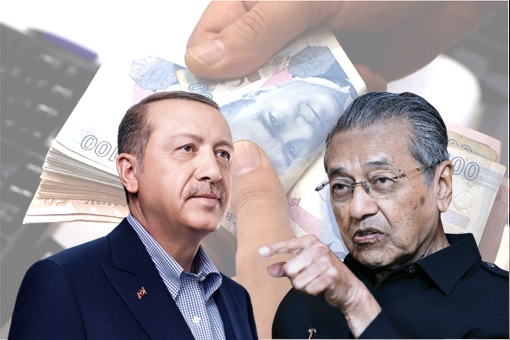
Still, just because it worked for Malaysia doesn’t mean it will surely work for Turkey. Turkish problem isn’t because its currency was under attack. The country’s 7.2% GDP growth was artificially created when Turkish banks and companies were racking up debt denominated in U.S. dollars to fuel consumption and spending. And now they’re paying the price after the bubble burst.
Turkey spends more than it earns and buys more goods and services than it sells. Its foreign currency debt now stands at more than 50% of its GDP. In comparison, Indonesia’s foreign currency borrowing is roughly 30% of GDP. But unlike Indonesia, Turkey doesn’t have large enough reserves to rescue the economy when things go wrong. Alternatively, Erdogan can call Chinese President Xi Jinping for help (*grin*).
– Finance Twitter




No comments:
Post a Comment
Note: Only a member of this blog may post a comment.